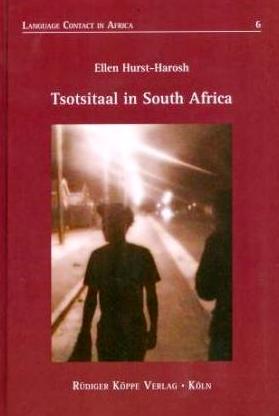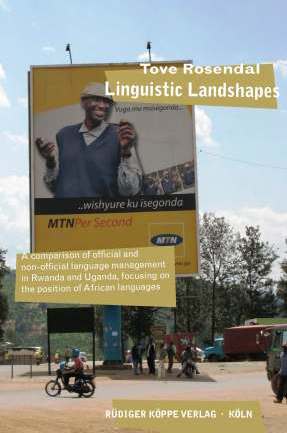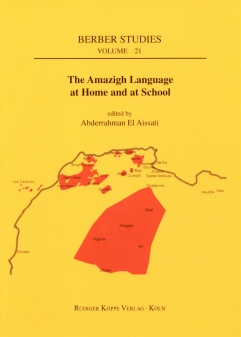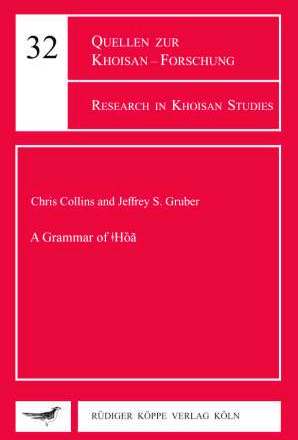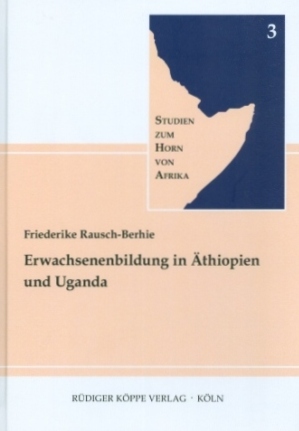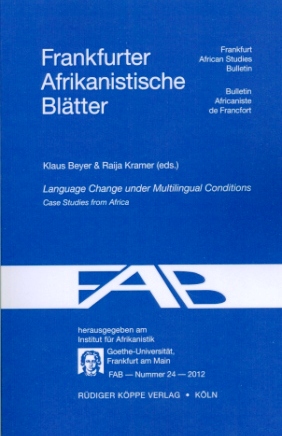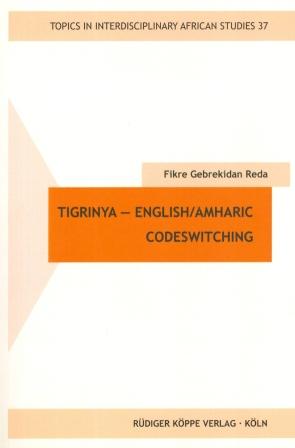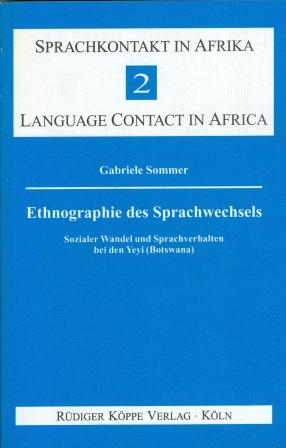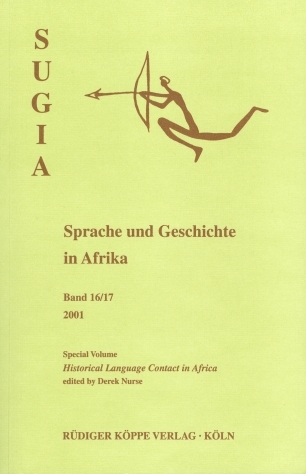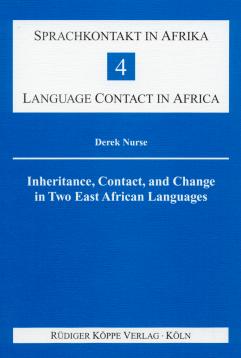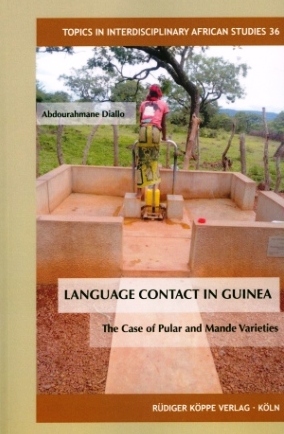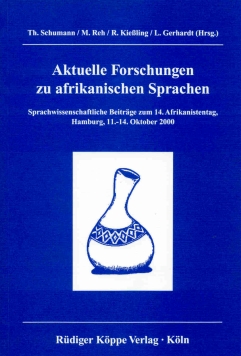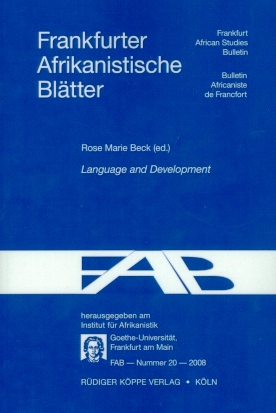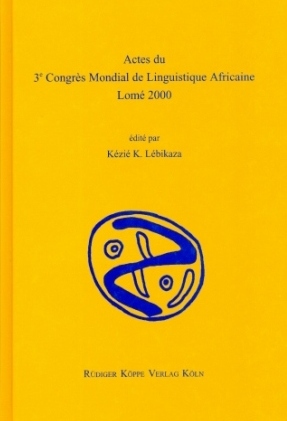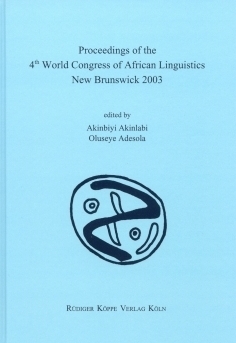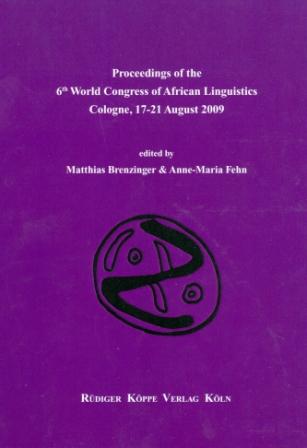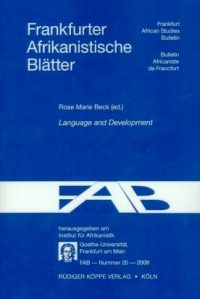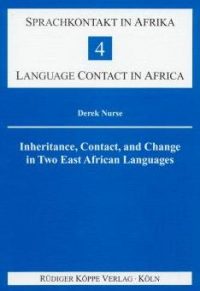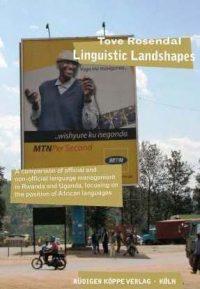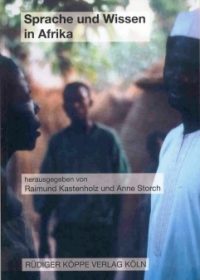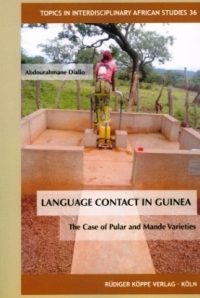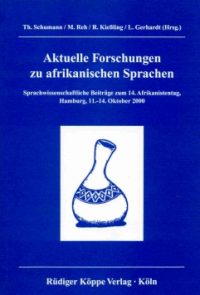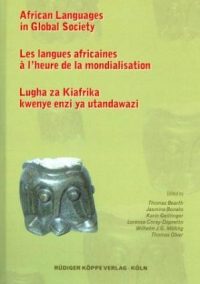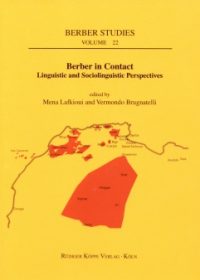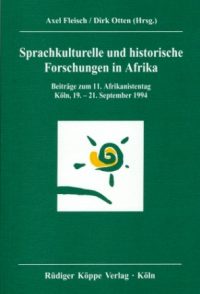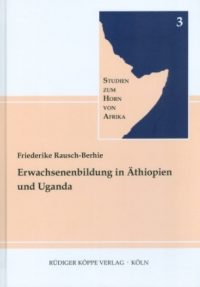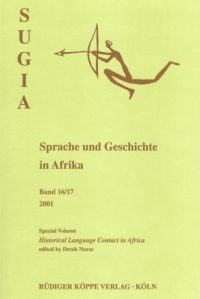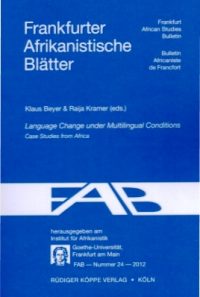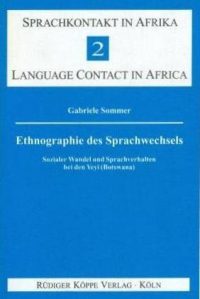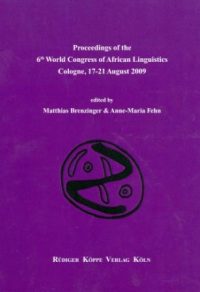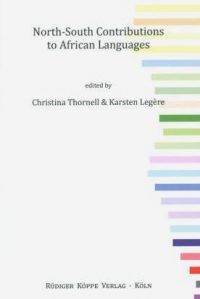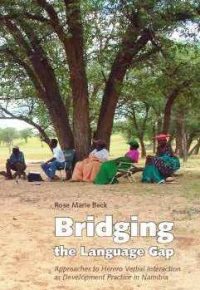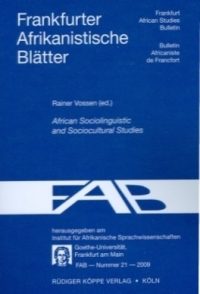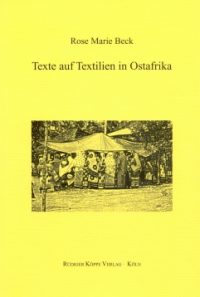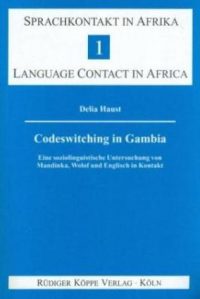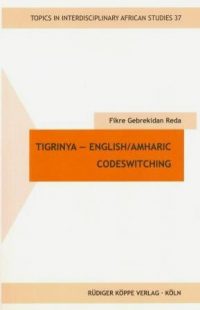2020
X, 231 Seiten
5 Farbfotos, 2 Grafiken, zahlreiche Tabellen und Übersichten, Anhang: 1. A transcript of the speech and gesture in table, illustrates the varied and frequent gestures, 2. Overview of Item / Meaning / Origin / Example
Textsprache: Englisch
Tsotsitaal studies, broadly defined as the study of youth speech registers in South Africa, is a field of South African sociolinguistics that has been garnering attention for several decades. This book draws together the findings of this field of study in one cohesive monograph. The book both maps a field and describes a linguistic phenomenon. Tsotsitaal is approached from a number of different perspectives: socio-historical, grammatical, lexical, and attitudinal. The main theoretical focus is on style and metaphor. The conceptualisation of Tsotsitaal as style and styling in language is the way the relationship between Tsotsitaal and the South African languages is conceptualised; while metaphor is the tool used to understand the lexicon of Tsotsitaal, beyond descriptions of slang. The book therefore aims to provide an overarching perspective on the phenomenon, and at the same time, contribute to the theoretical tools that can be used to study similar practices elsewhere – the creative language generated by youth in peer groups around the world.
The main chapters of the book describe the sociohistorical background to the Tsotsitaal phenomenon, the context of its emergence and development, and the conditions of its use today; the debates around the grammatical characteristics of Tsotsitaal, and its classification as a stylised register of an urban variety; perceptions of Tsotsitaal by both speakers and listeners, as well as the purpose or functions in use; the centrality of style and metaphor to Tsotsitaal including extra-linguistic markers, particularly gesture, and the centrality of relexicalisation in Tsotsitaal. The book offers possible future directions for Tsotsitaal and African Youth Language research.
Unter diesen Verweisen finden Sie weitere Studien zu südafrikanischen Sprachen und Kulturen, zur Sprachpolitik und zur Soziolinguistik in Afrika

